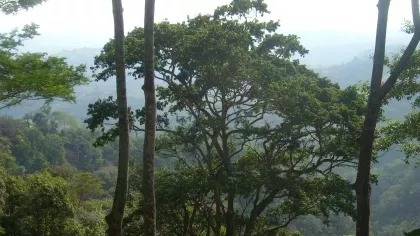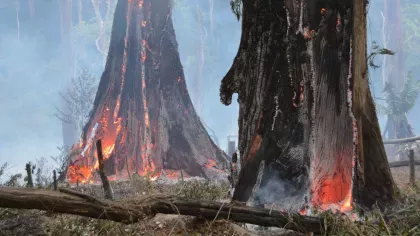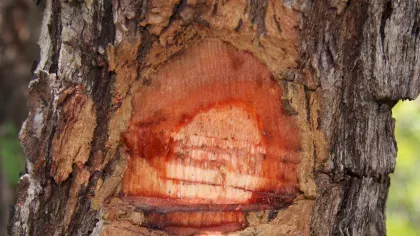11 January 2023
Stories from CITES COP19
Kew attended a wildlife trade conference in Panama which yielded great successes for plant conservation.

We need collaborative solutions to the planetary crisis of biodiversity loss. One such collaborative forum is the World Wildlife Trade Conference, also known as the Convention on International Trade in Endangered Species of Wild Fauna and Flora (CITES).
Every three years, government representatives from across the world meet to discuss wildlife trade regulation as one solution to the biodiversity crisis, these meetings are called Conference of Parties (COP).
Proposals can be submitted to add species to the CITES Appendices I & II. CITES Appendix I prohibits all commercial trade of species considered to be at the very highest risk of extinction, with some exceptions for scientific or conservation purposes. CITES Appendix II meanwhile is reserved for species with some conservation concern, where regulated commercial trade is still permitted.
The 19th meeting (CITES COP19) took place in Panama City, Panama from 14 November to 25 November 2022.
Find out why COP19 is so important
Six Kew scientists attended COP19 — we were part of the UK delegation alongside colleagues from Defra (Department for Environment & Rural Affairs), APHA (Animal and Plant Health Agency), JNCC (the UK Scientific Authority for Fauna), NWCU (National Wildlife Crime Unit), Cefas (Centre for Environment, Fisheries and Aquaculture Science), and Border Force.
Our scientists are now back in the UK and here they share some of the plant conservation wins and activities from CITES COP.
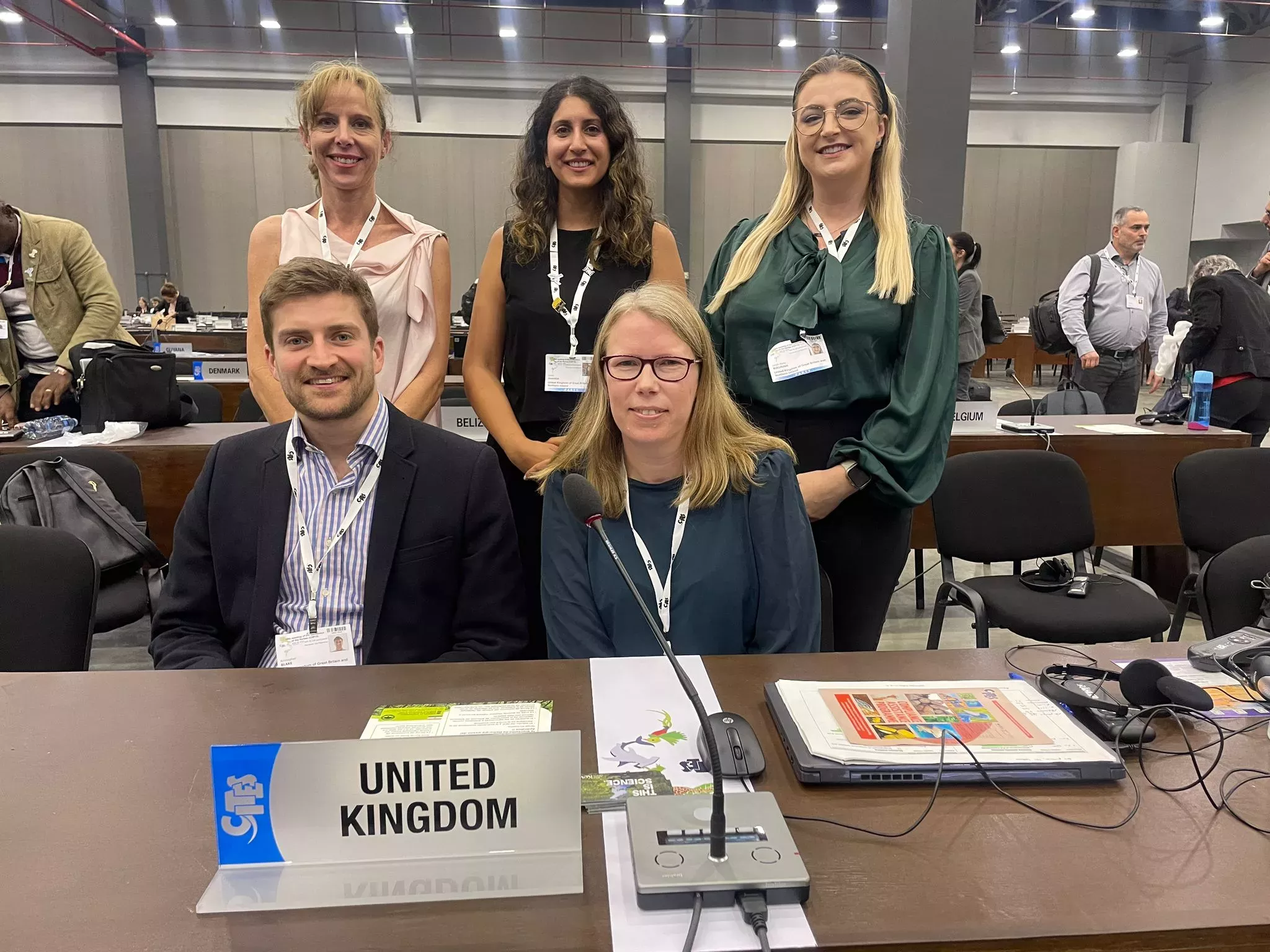
Proposing new protection
Thanks to CITES COP19, more than 500 species of plants and animals will now be afforded greater protection from international trade.
There were six proposals to add plants to CITES Appendix II, improving their protection, which were all approved by the CITES parties (countries that have signed up to CITES regulations).
Timber species were a particular focus of this COP with Parties recognising the importance of trees and forests to biodiversity. Within our global economy we all need to ensure that there is sustainable harvesting and trade of these tree species.
From South and Central America, the genera Handroanthus spp., Roseodendron spp., Tabebuia spp. (Trumpet trees) and Dipteryx spp. (Cumaru) were added to the appendices as well as the African populations of Afzelia (Pod mahogany), Khaya (African Mahogany) and Pterocarpus (Rosewood or Padauk).
There was also a proposal from Brazil to increase the protection of Paubrasilia echinata (Brazil wood or Pernambuco) by moving it from CITES Appendix II to I due to concerns of illegal trade of wood to make violin bows.
After lengthy discussions between CITES Parties and representations from the musical instrument industry, it was decided to leave Paubrasilia echinata in Appendix II but with a new detailed annotation outlining what trade was permitted and a plan for further work by all CITES Parties.

Closer to home, a medicinal plant species found in the UK, Rhodiola rosea (rose root), part of a wide-ranging genus found across Northern America, Europe and temperate Asia, was added to CITES regulations.
Global demand for Rhodiola rosea and its compound, salidroside, has led to some wild populations becoming threatened.
Rhodiola has been cultivated in various countries but it takes between five and seven years for the rootstock to reach the desired maturation for harvesting.
Cultivation is increasing but not entirely fulfilling the global demand, and now wild Rhodiola populations will be regulated by CITES.
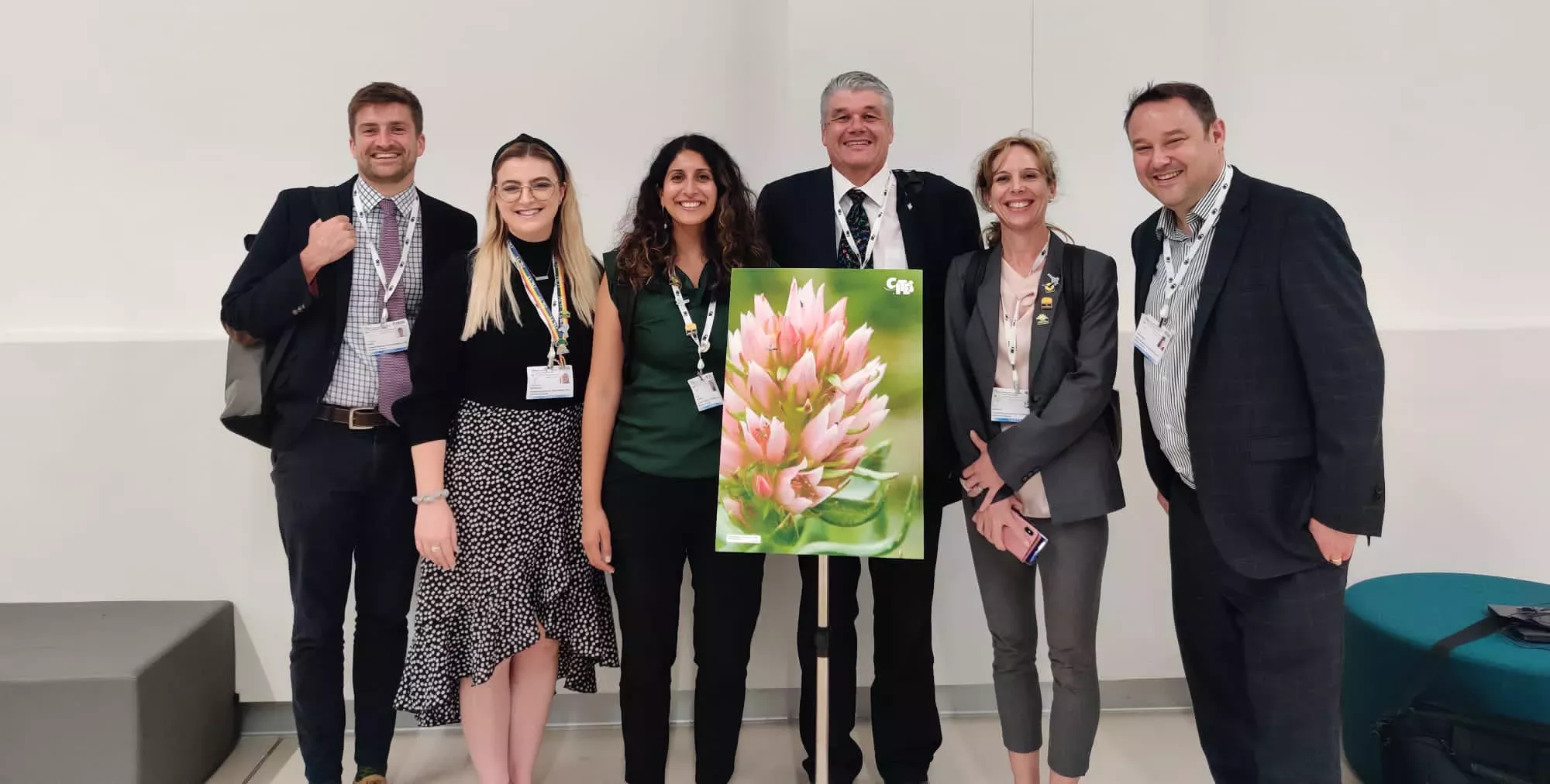
Making protection a reality
As well as proposals to add species to the CITES regulations, there were also documents discussed on over 90 topics concerning interpretation and implementation of CITES regulations and species-specific matters.
Kew, as the UK CITES Scientific Authority for Flora, gave advice to Defra on 38 of these topics.
From all of these documents, 365 decisions for specific actions to take place between now and CITES COP20 in 2025 were agreed. These actions will improve the conservation and sustainable trade of thousands of animal and plant species.
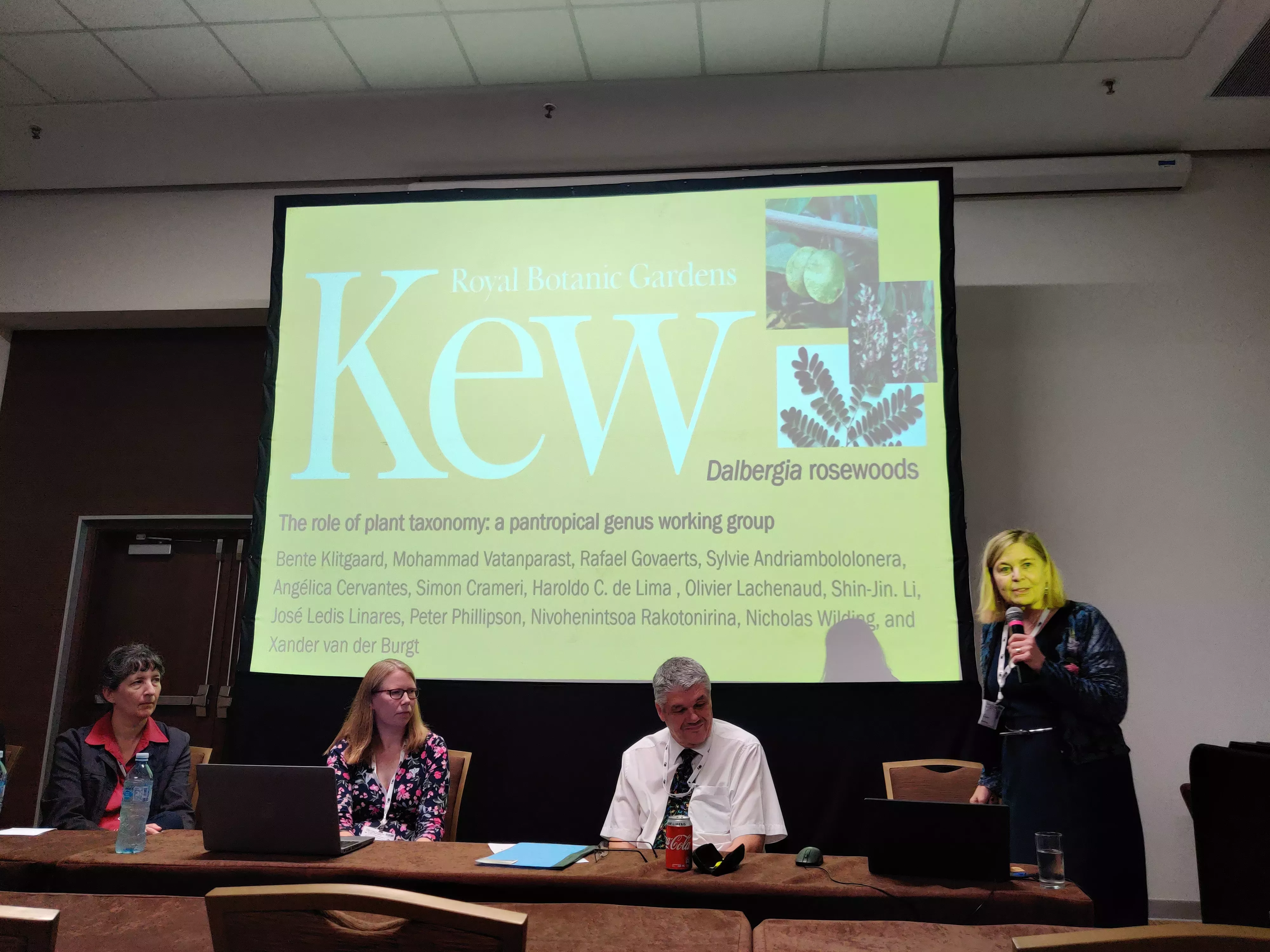
Kew scientists spoke on the committee floor on plant topics and contributed to the discussions.
We facilitated vital strategic work relating to CITES and Forests, by chairing the working group.
This initiative is important to raise the importance of plants as part of wildlife trade discussions.
Plus, we shared with other CITES Parties and NGOs, Kew’s expertise on wood identification, IUCN Red List assessments, medicinal plants, plant names databases and illegal wildlife trade. We have lots of ideas for future work.
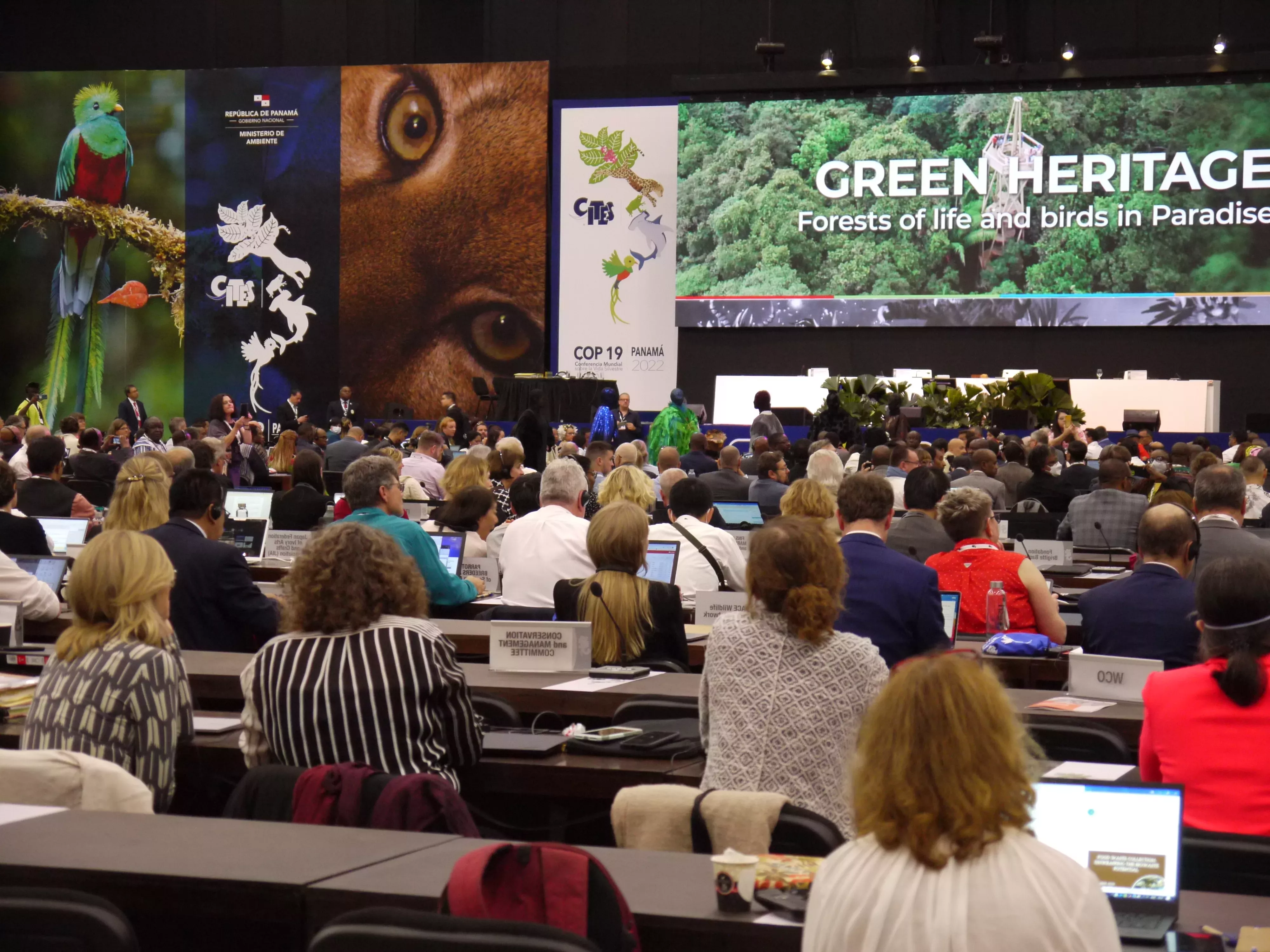
Looking towards the future
Overall, CITES COP19 was successful with the sustainable trade of some important plant and animal groups now improved, and many plans for future work over the next three years.
The UK will be chairing two intersessional working groups on annotations (detailed notes highlighting what trade is or is not permitted for each species listed on CITES Appendices) and how to develop a new strategic approach to identifying species at risk of extinction that are affected by international trade.
The Panamanian government were excellent hosts, and it was an honour for the Kew team to be able to contribute to these global discussions on the sustainable trade of wildlife. Having these discussions in Panama City, surrounded by the vibrant culture and wildlife, was inspiring.
The next CITES COP will be in 2025 and until then there is much to research and review regarding CITES implementation.
The discussions held at CITES COP19 contributed to addressing the biodiversity crises and were factored into the global meeting at the Convention on Biological Diversity COP15, Montreal. Here, the post-2020 framework was finally approved in December 2022, and opportunity for real change now awaits.



